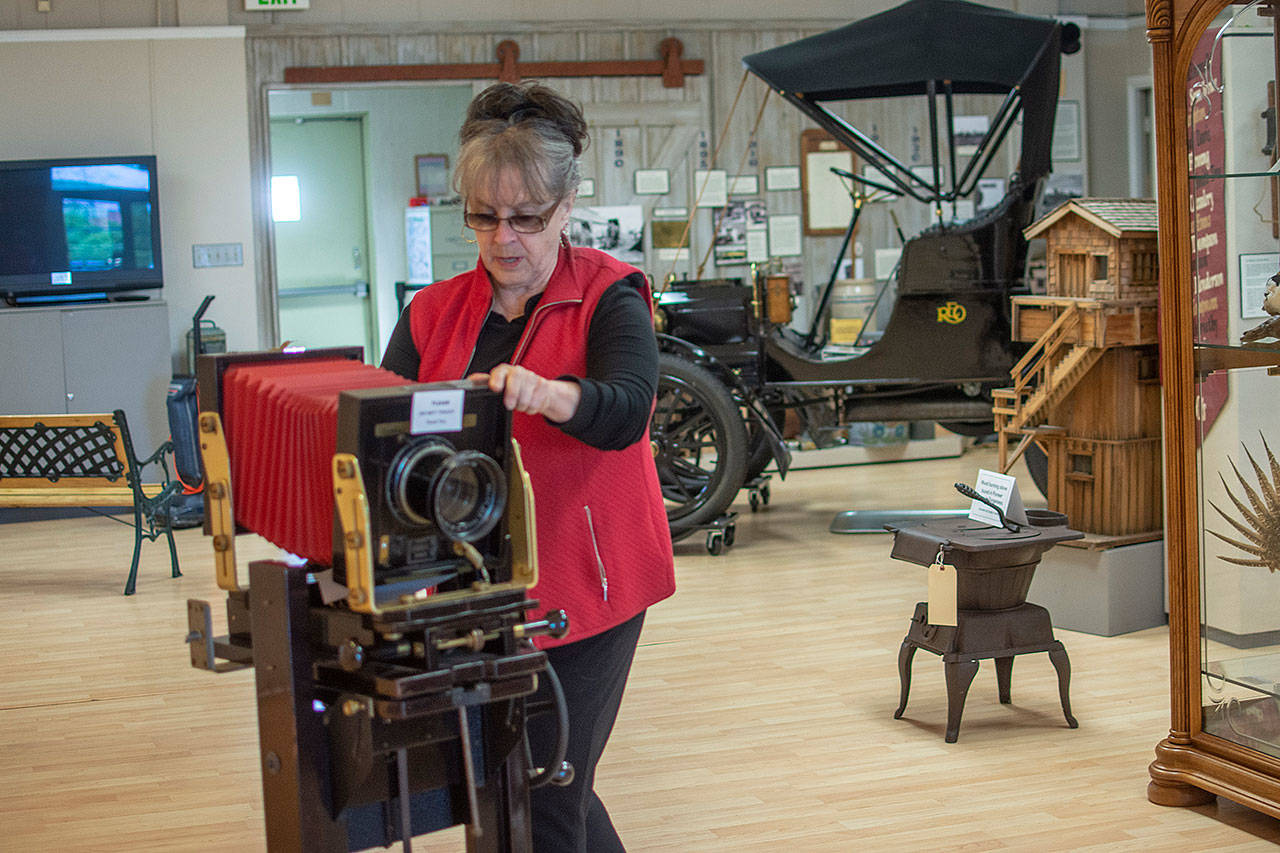Clallam County’s new chief financial officer has found that the county might have up to $220,000 sitting in county reserves that should have been spent on historic preservation projects throughout the past 15 years.
CFO Mark Lane told the Board of County Commissioners during a work session in April that the county has been collecting $1 per document recorded in the Auditor’s Office — since the law was approved in 2005 — to be used at the discretion of the commissioners to promote historic preservation and historical programs.
That has amounted to about $15,000 each year.
“Fortunately we have been accounting for this revenue very discretely … however, based on my review, I don’t believe we’ve had a formal policy or process governing usage of those monies,” Lane said. “Therefore, we have had quite a bit of money build up over the years from that.”
Officials have known the funding existed for several years, but it wasn’t until the county hired its first chief financial officer this year that the county has taken a close look at the issue.
Lane began looking into the funding stream at the request of Commissioner Mark Ozias, who said the executive director of Sequim Museum and Arts Center, Judy Reandeau Stipe, had been asking him for “several years” about how museums could access that funding.
Ozias said the commissioners would discuss the funding again at an upcoming work session as the county works to figure out how much money there is and how it should be spent.
Many counties used money generated in the first years of the fee to digitize their own records, but it isn’t yet clear how much of the funds — if any — the county had already spent.
Lane, who has been on the job for just more than three months, said he had been working closely with his predecessor, former Chief Auditor’s Accountant Stan Creasey, to attempt to find any obvious uses of this money in recent years.
“At this point we don’t have a mechanism to know exactly if any of that has to-date been spent in that area,” Lane said. “Going back to 2005, it’s going to be a considerable amount of effort to try and figure out where and if we’ve theoretically used these monies as part of our normal expenditure process.”
Lane said auditing county expenditures back to 2005 to find potential uses of the funding would be like trying to find a needle in a hay stack.
Lane told commissioners how other counties use the funds, citing Snohomish and Pierce counties as examples.
Snohomish County uses the funding to provide $10,000 matching grants on a reimbursement basis as part of an annual process, he said.
Reandeau Stipe said she has seen museums across the state benefit from funding raised through the fee, but in Clallam County there has been no process to access that funding.
She said that until last week she had given up after six years of trying to get the county to address the funding she knew it had, but was excited to see the commissioners addressing the issue during their work session on April 22.
“I didn’t think anybody was hiding anything, I just didn’t think they were educated about it,” Reandeau Stipe said on April 28.
Throughout the past few years multiple county officials had said they wanted to help, she said.
“It was a very very wonderful feeling to come out of that meeting and know that I was sitting next to somebody who actually knew what I was talking about,” she said.
She has hoped that some funding would be available to help in the construction of Sequim Museum and Arts Center’s new exhibit center at 544 N. Sequim Ave., calling it “one of the biggest capital projects in Clallam County promoting our heritage.”
Sequim Museum and Arts Center, an all-volunteer nonprofit, is nearly finished with the $450,000 project, which has been mostly funded through private donations.
Sequim Museum and Arts will close its exhibit center at 175 W. Cedar St. on May 30 in anticipation of opening the new museum July 6.
Ozias thanked Reandeau Stipe for her perseverance on the issue and said this is an example of recent changes in the county.
“This is representative of the fact that we have worked hard to build an appropriate structure and skill set to help us answer this question,” Ozias said. “This is good progress.”



